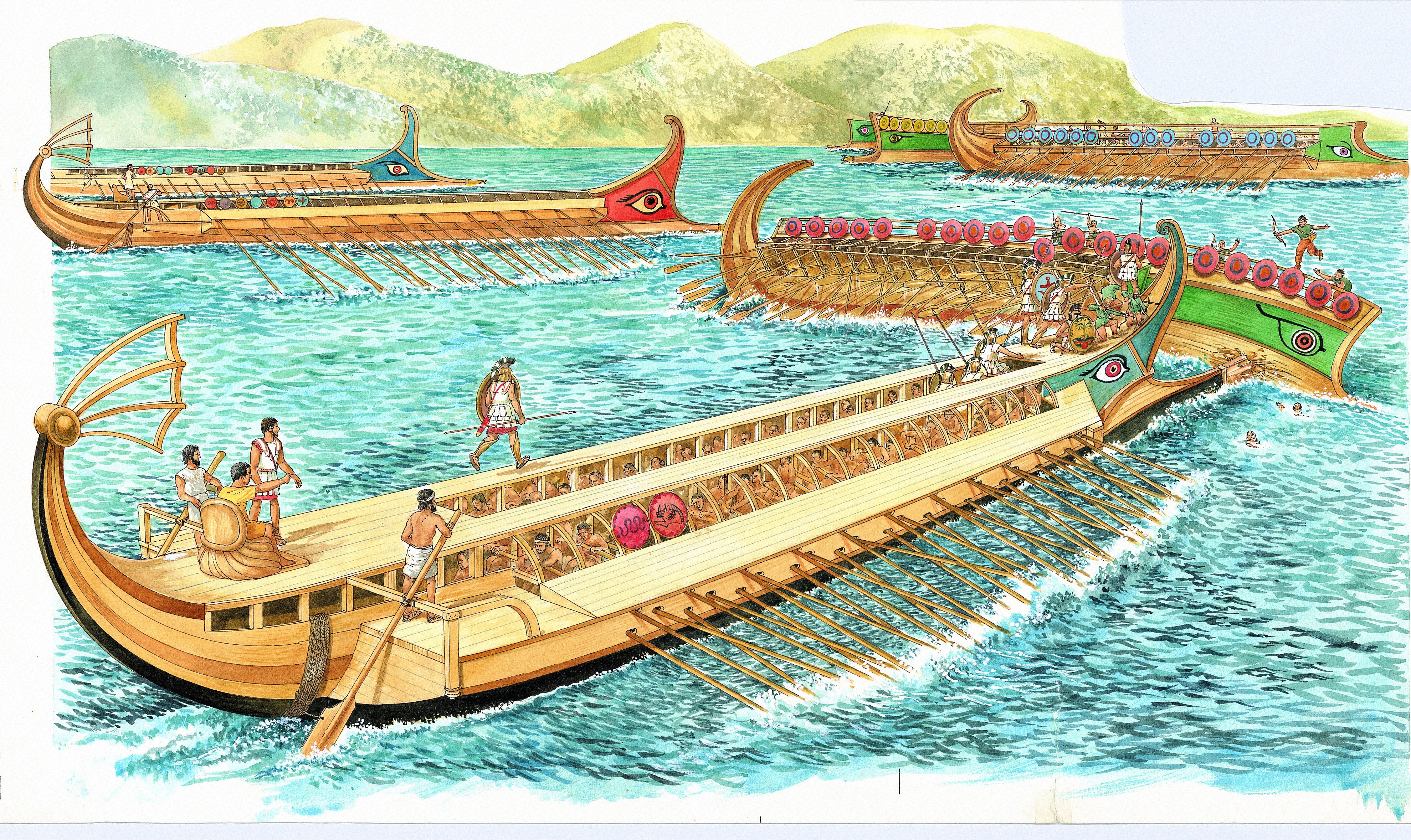
If the birds devoured the food, it would be seen as proof that the gods backed Rome in the coming contest.


To test the mood of Jupiter, Neptune, Mars and the other deities, the soothsayers aboard Pulcher’s flagship made an offering of grain to a flock of chickens kept in the vessel’s hold for just such an occasion. IT WAS A BRAVE ROMAN who insulted the gods, especially before a battle.īut that’s just what one commander named Publius Claudius Pulcher did before sailing into action against a superior Carthaginian fleet in 249 BCE.įacing an equal number of more seaworthy enemy ships off the west coast of Sicily, Pulcher did what any Roman commander would before an engagement – he asked his holy men which navy the gods favoured in the coming fight. “Greek, Hittite, Mongol, Norman and even Anglo Saxon military leaders pondered all manner of omens, signs or portents when deciding how and when to make war. Halley’s comet, which appears at the top of this segment shows how the celestial body inspired the Normans and petrified the Anglo Saxons. Overall I would recommend this title to anyone who has a love for this period of history or who just enjoys a good history book, but keep in mind that it was published before the Second World War.The famous Bayeux Tapestry chronicles the story of William’s conquest of England. The book offers the reader 540 pages of text with a number of maps and line drawings offering details of the fighting ships in use at the time. We read of all those famous engagements, and some lesser know battles, between the Greeks and Persians, between Athens and Sparta, and the many Roman encounters with Carthage and the Roman expansion into the Mediterranean world. covering all the major battles and campaigns that occurred during this era.


The book covers the period from the Greco-Persian War in the early part of the fifth century B.C. The book covers the history of naval warfare weapons, tactics, and strategy in a general manner that is very easy to read and understand and quite engaging. The author, a retired Vice Admiral (USN), tells a great story using numerous primary and secondary sources available to the historian at that time. Although this book was first published in 1937 and many of its references may be a bit dated it still offers a novice in this field of history and enjoyable and interesting read.


 0 kommentar(er)
0 kommentar(er)
